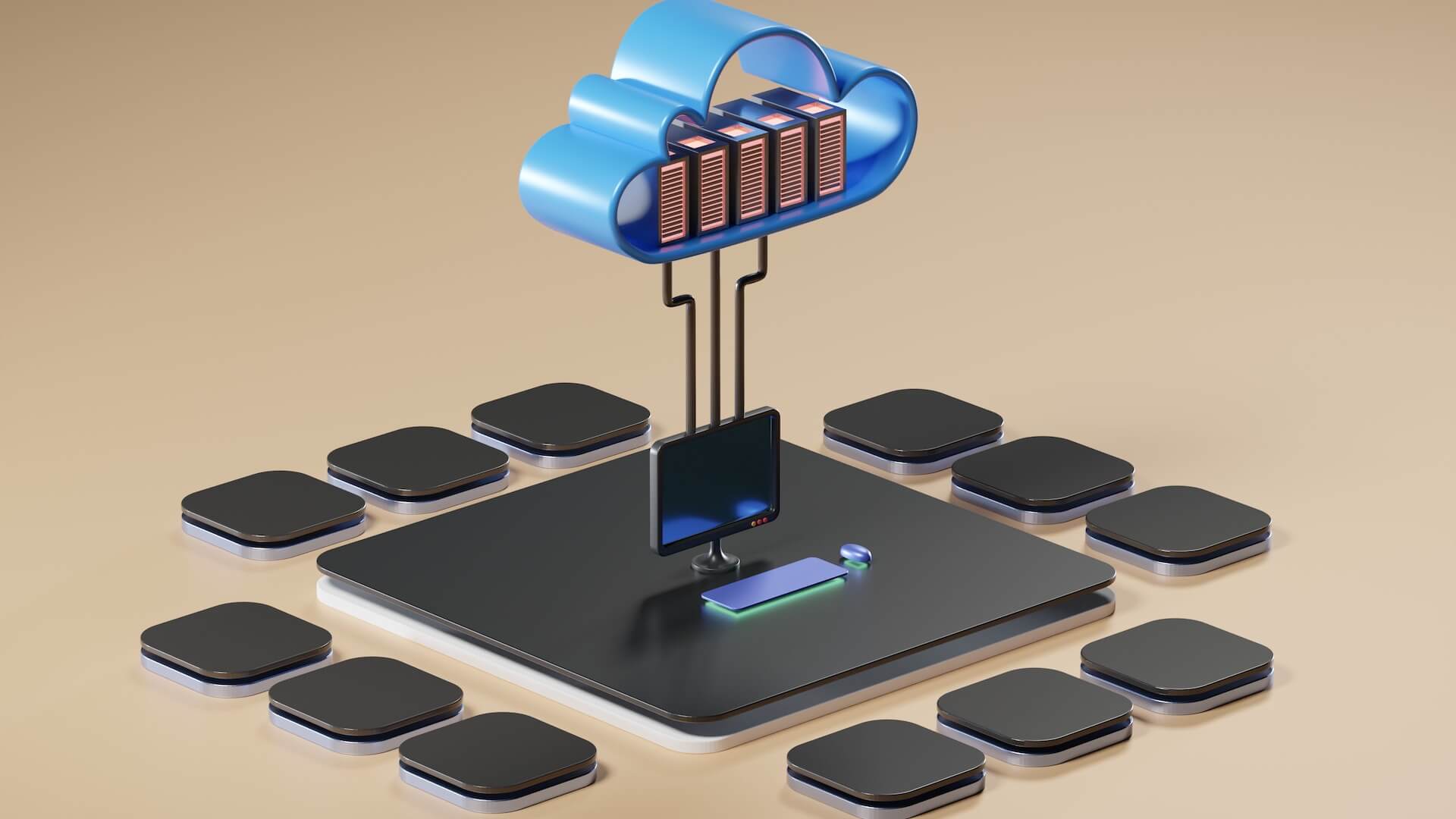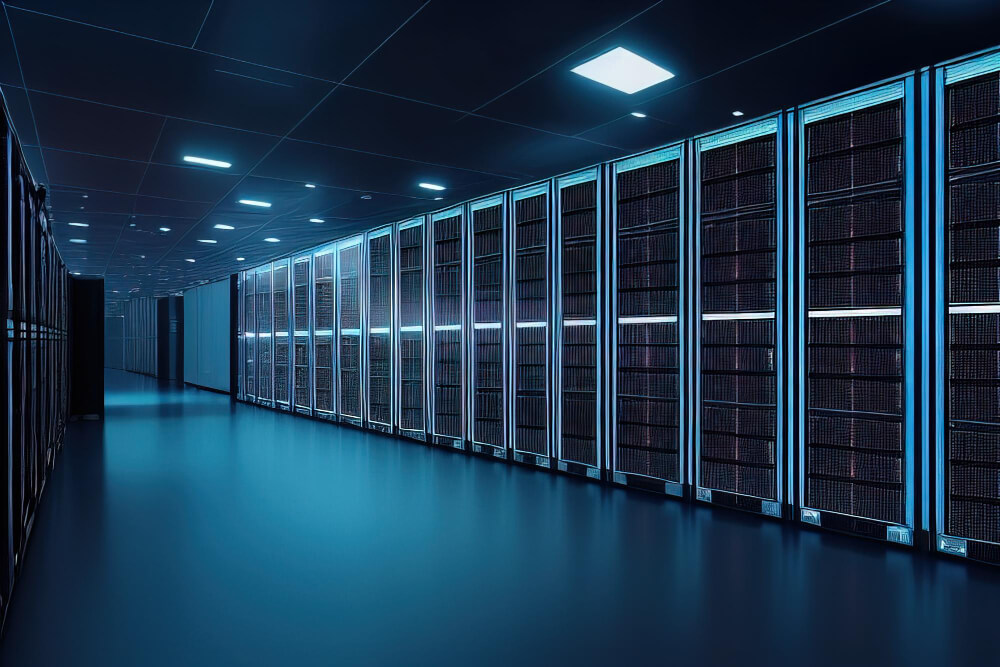
Difficulties in cloud computing operation and maintenance
Replacing expensive solutions with cheap ones is the only thing that has remained constant throughout the history of computer development to this day. So if you want to make a Charley car run like a Mercedes, you need to do a lot of things yourself, such as building an intelligent system. Making high quality stuff with cheap stuff and operating and maintaining cheap equipment is actually the biggest challenge in cloud computing engineering.
On the other hand, because there are more machines, and the hardware used is not expensive, so failure becomes the norm, hard disk, motherboard, network every day bad. So operations and maintenance will have to keep up. The goal of cloud computing is to guarantee high availability when failures become the norm - that's what we call it, whether the availability of your service is three 9s, four 9s or five 9s.
This large number of machines and devices are put together, security is a challenge, on the one hand, Security, on the other hand, Safety, to ensure the security of tens of hundreds of devices is okay, but for tens of thousands of hundreds of thousands of designs, it's not so simple.

So, in the face of such a challenge, people can not get it right, you can only rely on technology to manage and operate and maintain the entire platform. For example, there must be a monitoring system. This is the same as the operating system, the management of resources, network traffic, CPU utilization, processes, memory and so on the status of all must be collected. Collecting the status of various nodes of the whole cluster is inevitable for every cloud computing, and it is all similar.
Finally, you have to find nodes with better availability, which requires some automatic detection and prediction measures in order to drive failures instead of reactively responding to them, and the user experience will be good. In other words, we need automated, proactive operations and maintenance.
Cloud computing is not perfect
Security Threats
While most cloud providers have adopted some security measures to prevent hackers from penetrating their cloud infrastructure, the incidence of data breaches indicates that cloud computing remains vulnerable to attack. This makes storing business-critical files and critical data in a virtual data center a potential risk.

The results of a Fugue survey indicate that about three-quarters of teams working in cloud environments experienced about ten potential hacking incidents due to improperly configured cloud systems. While these threats do not make the cloud completely insecure, they only show a higher likelihood of a successful attack or data breach when there are human errors and endpoint configuration issues in the cloud setup.
Latency Issues
Cloud latency describes the time it takes for a cloud service operator to respond to a client request. Cloud service latency is a serious issue in cloud computing, especially now with the exponential growth of data-generating and connected devices worldwide. As more data is generated by these devices, the incidence of cloud service latency is likely to increase.
The time it takes for data to be transferred to the cloud hosting center for the computation process and back to the client can affect cloud computing. This is why modern IoT devices and smart industries are adopting edge computing as a computing model.
High Cost
Due to the high volume of data and files stored in the cloud, users need a lot of bandwidth to access this data consistently. While many cloud service providers have adapted their payment methods to reflect pay-as-you-go models, it still costs a lot to maintain a connection to cloud services. As a result, maintaining this level of bandwidth for continuous access to cloud resources can be capital intensive and not many startups can afford it.






